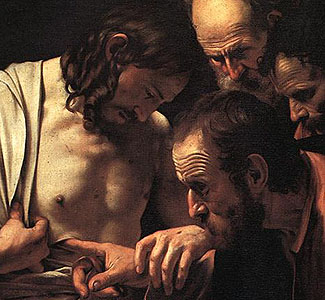Sing a New Song
We’ve discussed the Mary/Martha Gospel story before, so this week we are going to offer an adult object lesson based on the epistle lesson.
This passage isn’t easy to read and realistically it will not resonate with your listeners when it is read in church. It’s all sort of “cosmic.” Complicated!
The letter is often attributed to Paul, but scholars suspect that a follower of Paul wrote it, (despite the claim in verse 23 and the opening verse of Colossians).
Part of the reason this passage does not easily connect with today’s listeners is that we are not in on a cultural “secret.”
The passage is referencing passages of scripture that would have been known to the first recipients of this letter. Among these passages is Proverbs 8:27-31.
I was there when he set the heavens in place,
when he marked out the horizon on the face of the deep,
when he established the clouds above
and fixed securely the fountains of the deep,
when he gave the sea its boundary
so the waters would not overstep his command,
and when he marked out the foundations of the earth.Then I was constantly at his side.
I was filled with delight day after day,
rejoicing always in his presence,
rejoicing in his whole world
and delighting in mankind.
Theologians today refer to the passage from Colossians as a “Christ hymn.”
It might help your congregation to understand it by examining well-known hymn that is more modern but similar in structure—Christ Is Made the Sure Foundation.
Calling this hymn “modern” is a bit of a stretch. The words date back to the 7th century, but they were translated and put to new music in the 19th century when so many of the hymns we use today were first sung.
Your congregation is likely to know or at least have heard this hymn before.
Read it with your congregation before your sing it. Point to the similarities in message and structure.
This hymn cuts to the chase without referring to the ancient scriptures proving he is the firstborn of all creation. This is already proved! So this proven belief takes the place of the first verses of this passage from Colossians.
Christ is made the sure foundation,
Christ, our head and cornerstone,
Chosen of the Lord and precious,
Binding all the Church in one;
Holy Zion’s help forever
And our confidence alone.
The second verse addresses relationship with Christ—similar to verses 19-23a in today’s Epistle.
To this temple, where we call You,
Come, O Lord of hosts, and stay;
Come with all Your loving kindness,
Hear Your people as they pray;
And Your fullest benediction
Shed within these walls today.
The hymn then moves to the “cosmic” and our long-term relationship with God and the hope of glory (like verse 25-31 of the Colossians text).
Grant, we pray, to all Your faithful
All the gifts they ask to gain;
What they gain from You, forever
With the blessed to retain;
And hereafter in Your glory
Evermore with You to reign.
As is typical in hymn structure, this ancient hymn closes with praise for God in all His forms.
Praise and honor to the Father,
Praise and honor to the Son,
Praise and honor to the Spirit,
Ever three and ever one:
One in might and one in glory
While unending ages run!
And so with this unending history of hymns in praise to God, your congregation will have studied three hymns today. The hymn from Proverbs, the Christ Hymn from Colossians and the more modern hymn, Christ is Made the Sure Foundation.
They can feel proud of themselves and sing with joy.










